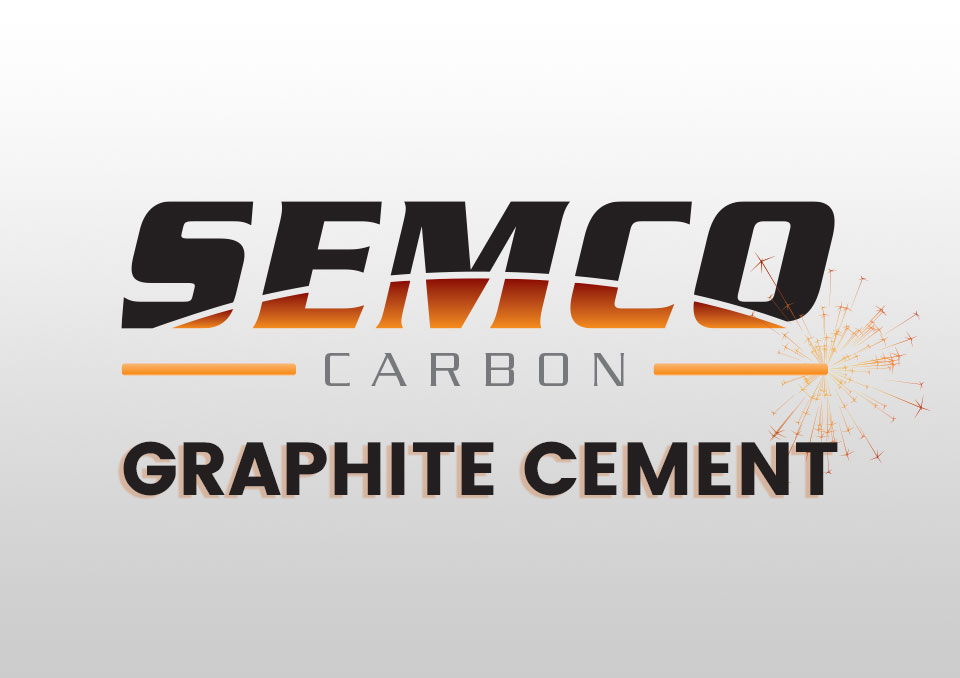
What is Graphite Cement
To the wider public, the poster-boy of graphite applications is probably the pencil. In this blog, we will feature one of the many unsung but useful graphite products that we offer at Semco: graphite cement. While graphite is a durable material, it does happen that time, long-term use, and extreme conditions can lead to failure in graphite components. Rather than shelling out for new components, consider graphite cement for your graphite in-house repairs.
What is graphite cement?
Graphite cement is a paste-like material that joins graphite with a 100% carbonaceous bond. It remains secure at temperatures up to 5000ºF (Approx.2700ºC) in inert atmospheres. Before you apply the graphite cement, be sure you properly clean and prepare the surfaces. Once applied, it should be cured at 260ºF for five hours. Once the jointed pieces are taken through a full heat cycle, the cemented joint is approximately 99% pure carbon. When the graphite cement is properly applied and cured, the joints are often stronger than the substrate.
Uses of graphite cement:
Now that you know this unique graphite application’s strengths (literally), you probably want to know how and when to use it. For starters, you can use graphite cement for bonding carbon brick or making large monolithic graphite structures from smaller components. It’s a great material for repairing cracked trays, dies, jigs, and fixtures. It can also be used to secure lids to capsules, patch holes, and fix spalls and scratches. Graphite cement can even be used to attach sight tubes and pouring spouts, set molds and dies, seal plugs, repair subsectors, join carbon foam and felt, and fix broken resistance heating elements. It turns out there isn’t much this material can’t do!
Preparation:
Before using this wonder graphite product, be sure you do these necessary preparations. First, thoroughly clean the surfaces to be joined. Make sure to remove graphite dust, as it might interfere with proper adhesion. The graphite or carbon to be joined should be completely dried before you apply the graphite cement. Now, to the product itself. Graphite cement should be stored in a refrigerated area, but in order to use it, a sufficient amount of time must be allowed for the cement to reach room temperature. Mix the cement according to directions before use. The cement should be applied to both areas to be cemented. It’s ok, and even recommended, to add extra cement to allow it to squeeze through the edges. If you apply too much, the excess cement can always be removed once cured with sandpaper, steel wool, or actual machining operations. In fact, once cured, the material is fully machinable, and the joint is generally stronger than the material joined.
Curing:
The cemented joint must be cured at 260ºF for five hours. While curing smaller pieces is easily done in ovens, furnace linings and other large shapes are cured in place, normally with process heat. When curing is complete, the graphite cement will function at any desired temperature, just like the joined pieces.
It’s important to note that the cured joint will have all the strengths and limitations of regular graphite. That means that, as with any other graphite fixtures, graphite cement will oxidize at approx 700℉ in an oxygen environment. Above 700℉, the graphite fixtures/graphite cement should operate in a vacuum or controlled atmosphere.
Just as most families find it eminently useful to keep around a tube of super glue, any manufacturer using graphite products in its shop will find it useful to keep around and know how to use graphite cement.
